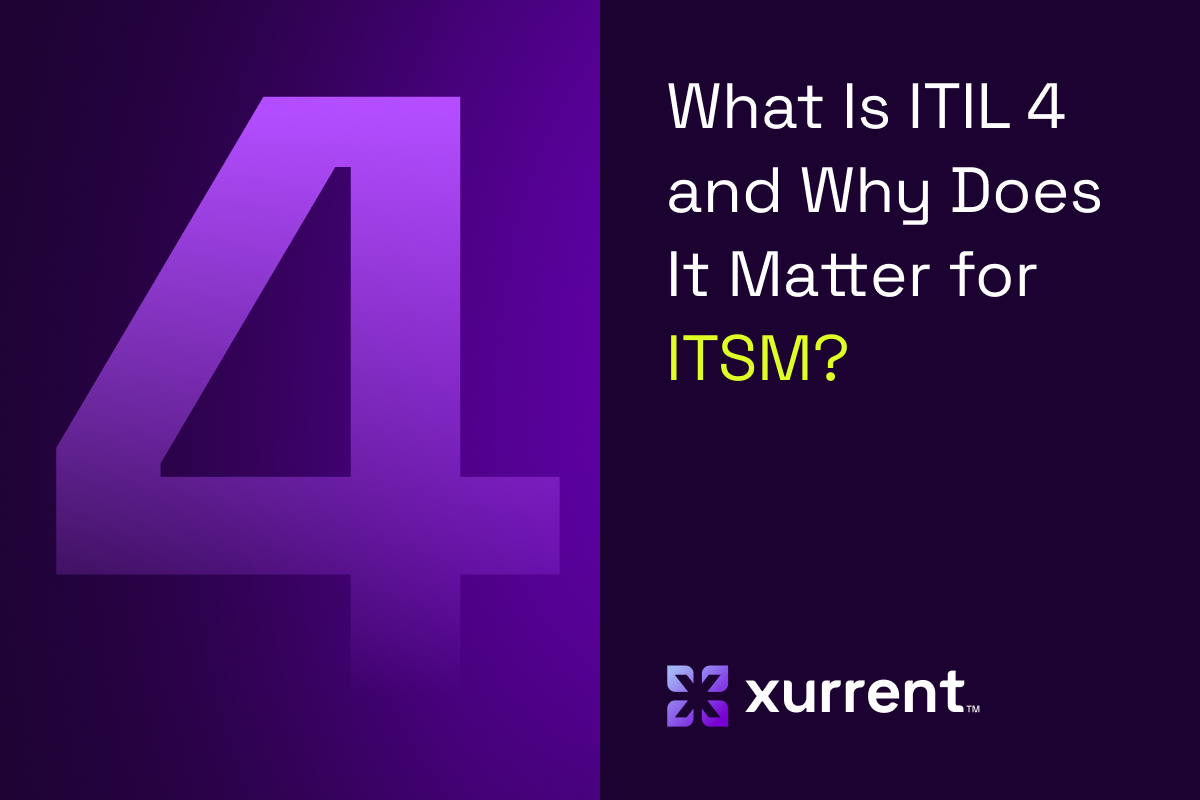Your Service Desk can’t do it alone: The case for unified operations and communication

Send an email.
Open a chat session.
Pick up the phone.
Depending on when you were born, that’s the first instinct when someone has an issue that needs the attention of support.
Behind all those emails, chats, and phone calls is the Service Desk (or help desk). The Service Desk is typically the primary point of contact for most companies. They are the gatekeepers, the traffic cops, the EMTs.
When the proverbial “stuff” hits the fan (i.e., a major service disruption), the Support Desk can be easily overwhelmed, causing an unintended negative ripple effect to end users.
Phone lines get heavily queued.
Unread emails accumulate.
Chat session hold time increases exponentially.
And worst of all, customers get angry.
This traffic jam slows down the incident resolution process, and the downward spiral continues.
But it doesn’t have to be this way.
The answer: Unify Service Management with Operations Management and proactive communications to enable faster, coordinated responses and minimize the negative impact of major incidents, ensuring the Service Desk operates smoothly and efficiently at all times.
Let’s explore what this means in more detail.
The Collaboration Gap: Why tickets aren’t enough
Ticketing is where most incidents begin, but it’s not where they’re solved.
The traditional ticket model is great for logging and tracking issues, but it lacks real-time visibility and coordination. When a major incident occurs, employees usually don’t wait for updates — they submit a new ticket.
Then another. And another. And another.
Soon, the Service Desk is overwhelmed with dozens (or hundreds) of tickets for the same issue, all slightly different, many misrouted, many misclassified.
This creates a logjam. Service Desk agents must manually triage the chaos by attempting to assign tickets to the correct team, merge duplicates, and piece together what’s really happening — which all takes an enormous amount of time and slows down actual resolution efforts.
At the same time, other IT teams, such as Ops, Security, and Development, are working in siloed tools with no shared visibility. Updates get lost. Work is duplicated. And the cycle drags on.
The solution isn’t more tickets; it's smarter communication.
Platforms like StatusCast (by Xurrent) notify users proactively when something breaks, what’s being done, and what to expect — so they don’t have to ask. That kind of transparency not only calms the flood of incoming tickets but also frees the Service Desk to focus on what really matters: fixing the problem.
The power of unification: What happens when IT Service Management (ITSM), Incident Response, and communication are in sync
A major incident unfolds. Every team is involved. Service Desk, IT Operations, business leaders, etc. They all have access to the same real-time information, all in one place.
That level of complete alignment changes everything, for the better.
When platforms like StatusCast and Zenduty are integrated directly into ITSM workflows, incident response becomes a coordinated effort rather than a fragmented scramble. Teams collaborate from within a unified system, eliminating the need to switch between tools. Updates are shared automatically. Alerts are routed intelligently. Everyone knows what is happening and what their role is in resolving it.
This unified environment eliminates confusion and reduces wasted time. Stakeholders get accurate updates without needing to contact the Service Desk, while IT teams remain focused on resolution instead of tracking down who said what, when, and where.
Unification provides more than operational efficiency. It fosters accountability, facilitates more effective post-incident reviews, and cultivates the kind of cross-functional trust that keeps organizations resilient in the face of pressure.
Tangible outcomes: Speed, accuracy, and trust
When Service Management, operations, and communication work in sync, the results are measurable and meaningful.
Incidents are resolved faster because the right teams are engaged immediately. Real-time alerts and intelligent routing reduce delays and eliminate confusion. Unified context across teams results in fewer handoff errors, saving time and preventing frustration.
Clear communication also improves the experience for stakeholders.
Instead of asking for updates, they receive relevant, timely information that helps them plan and respond appropriately.
The benefits are backed by data. Organizations that integrate ITSM and incident response see a reduction of up to 30% in mean time to resolution (MTTR). Companies that centralize communication report 40% fewer escalations.
When teams have shared visibility and communication is proactive, trust grows. That trust transforms IT from a service provider to a strategic partner within the business.
Xurrent’s approach to unified operations
At Xurrent, we believe unification should be intentional and deeply embedded, which is why our platform is designed with interconnected solutions that work together naturally.
Our solution provides real-time synchronization between the Service Desk, IT Operations, and business stakeholders. Everyone sees the same information, in context, when it matters.
Pre-built integrations with incident response and communication tools ensure that updates are automatically disseminated and reach the intended audiences. Role-based visibility ensures clarity without overwhelming users with noise.
For example, Chalo, India’s leading mobility platform, achieved a 90% reduction in incident response time after consolidating alerting and escalation workflows through Zenduty.
Whether your team is responding to routine service requests or high-impact outages, Xurrent helps keep everyone on the same page without adding complexity.
Moving beyond the Service Desk
While the Service Desk is often the first point of contact, it should not be the only line of defense during major incidents.
IT organizations that rely solely on siloed tools and reactive workflows cannot keep pace with the demands of modern digital operations.
The key lies in a unified approach. Connecting Service Management, Operations Management, and proactive communication enables faster, more effective incident response.
Xurrent provides the platform to make that shift. We help unify teams, streamline processes, reduce downtime, and strengthen stakeholder confidence.
Discover how Xurrent brings unified operations to your service environment. Get started today.

Xurrent named a Market Leader in Research In Action’s Vendor Selection Matrix™ for IT & Enterprise Service Management Solutions
Xurrent earns #1 rankings in customer satisfaction, price vs value, and recommendation index in Research In Action's global ITSM/ESM Vendor Selection Matrix report.





